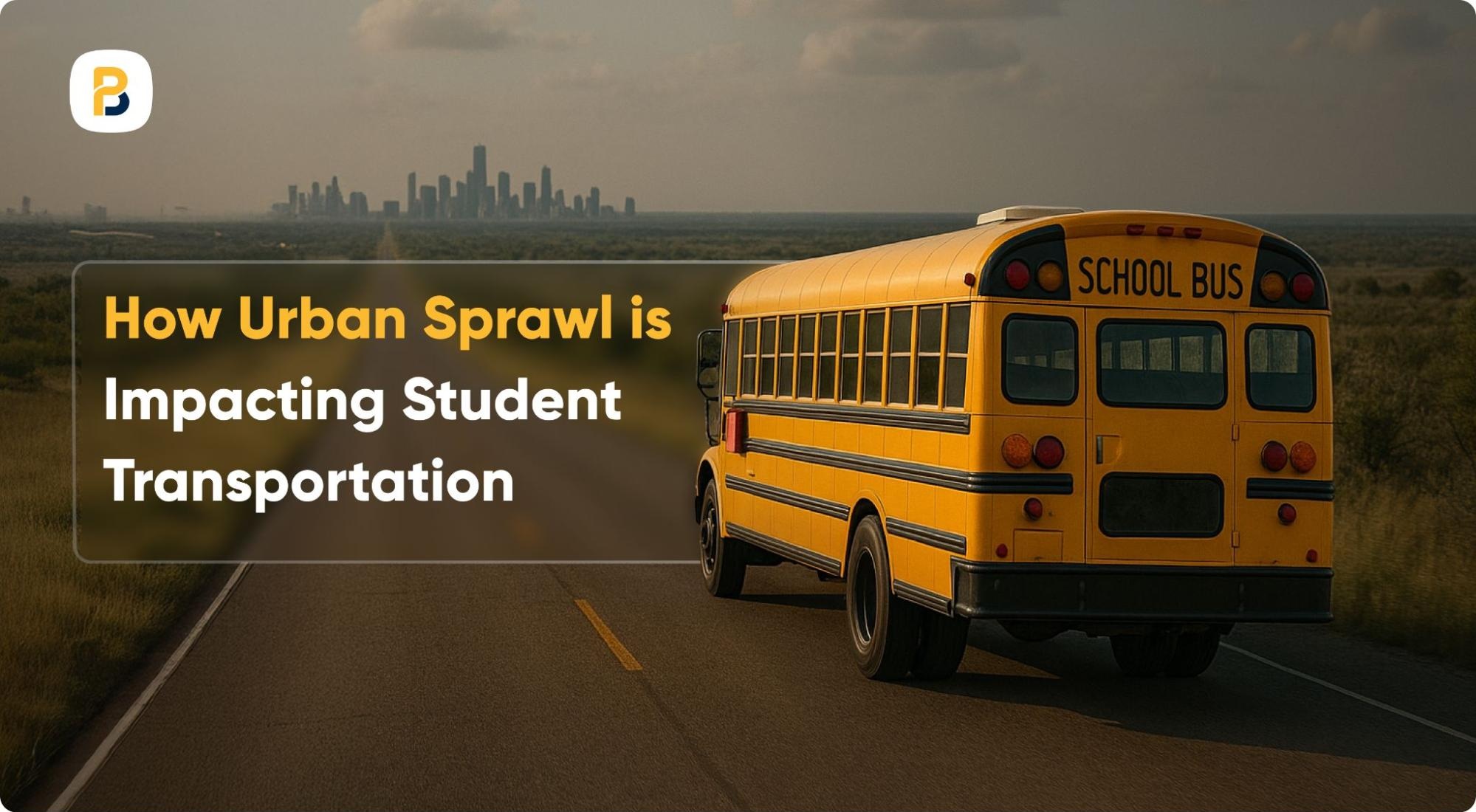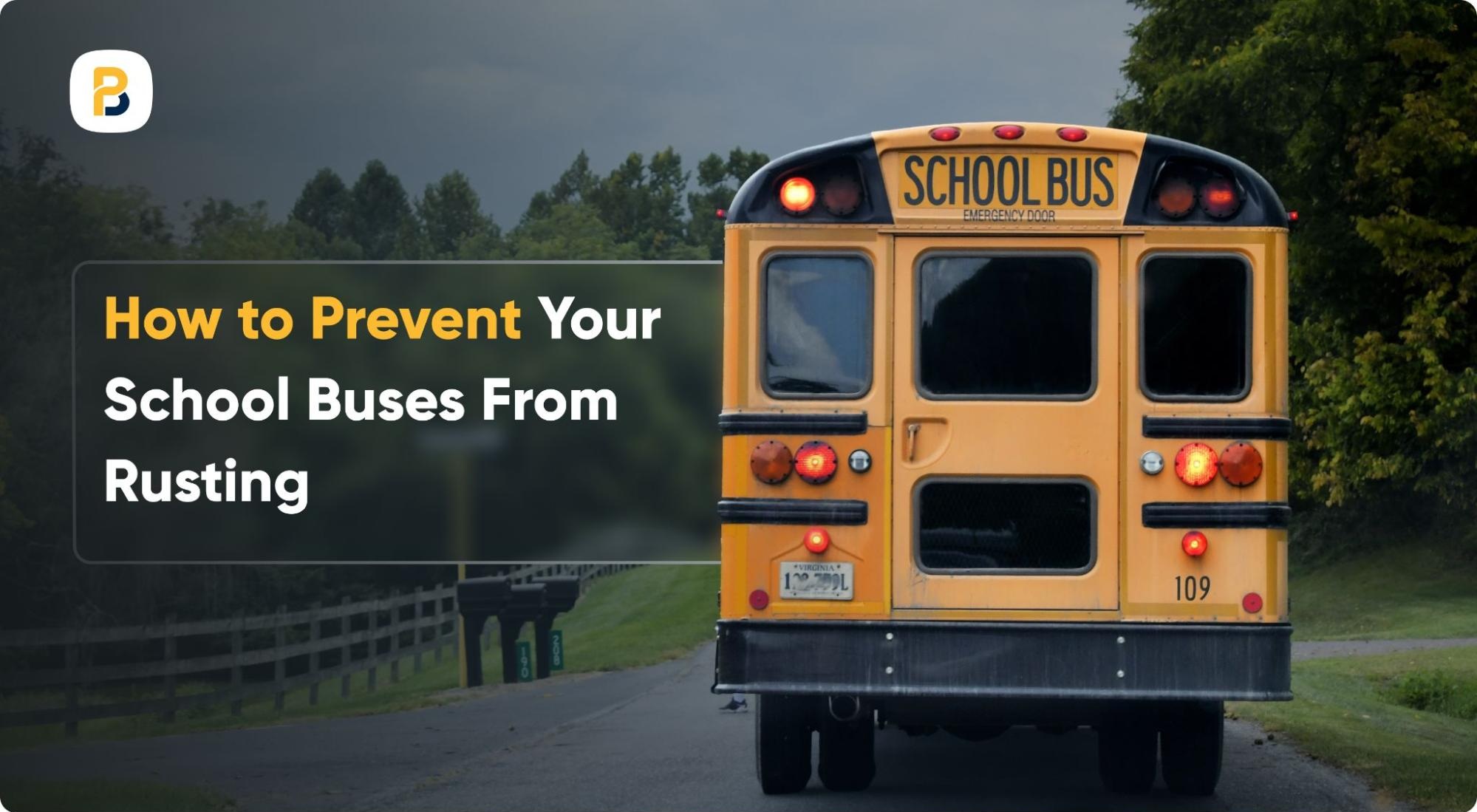Did you know rust quickly spreads on school buses, compromising their structural integrity and safety? Even small spots worsen over time, reducing durability and appearance. With rust repairs costing from $100 to $1,000, regular maintenance is crucial to ensure the vehicle’s safety and reliability.
In this article, we’ll discuss why rust is catastrophic for school buses.
Compromised Vehicle Safety
Critical components are damaged due to rust, increasing the likelihood of breakdowns and accidents. If corrosion affects areas crucial for safety, the bus may not protect passengers as effectively in the event of a crash, which increases the risk of serious injury.
- System Malfunction: Rust compromises the functionality of brakes, suspension, and other essential mechanisms, reducing their responsiveness during emergencies.
- Crash Vulnerability: Severe corrosion in integral areas reduces the vehicle’s ability to absorb impact, increasing the chance of significant injuries.
- Metal Damage: Deterioration of the frame and chassis reduces overall reliability, making the school bus unsafe to use.
- Deep Corrosion: Without timely care, rust penetrates the deepest layers of metal, causing irreversible damage and increasing the risk of collapse.
Weak Structural Strength
Rust weakens metal and body panels gradually, causing cracks, warping, holes, and overall degradation. These issues compromise passenger comfort and ride quality, making the school bus less safe and reliable for daily use.
- Exterior Cracks: Rust creates weak areas on the bus’s surface, making it more prone to dents, cracks, and aging.
- Panel Damage: Corrosion slowly and steadily thins the body panels, forming holes that allow water penetration and accelerate surface decay.
- Support Loss: As rust spreads, the bus frame gradually loses strength, reducing structural stability and safety.
- Brake or Fuel Corrosion: Dangerous leaks and engine or brake issues occur when buses are not protected against rust promptly.
Reduced Lifespan
The cost of repair increases rapidly, and a school bus becomes less roadworthy because of rust. Once critical vehicle parts are affected, the service life falls below expectations, and the vehicle may require replacement or disposal sooner.
- Early Major Upgrades: Parts like beams, axles, or body supports may need to be replaced much sooner than expected, which increases upfront costs.
- Frequent Small Fixes: Minor rust issues lead to repeated school bus maintenance. Each patch adds up to a considerable effort and expense over time.
- High Ownership Costs: Between fuel inefficiency, broken parts, and downtime, a rusty bus costs much more every year than a well-maintained one.
- Early End of Use: Corrosion accelerates wear to such an extent that buses may reach the end of service life several years earlier.
Key Takeaway: Rust Is a Cost You Can’t Ignore!

School bus rust remains one of the biggest threats to long-term vehicle efficiency. Its impact quietly shortens service life and drains budgets if overlooked. Daily inspections and proactive maintenance protect fleets, preventing corrosion from escalating into severe damage.







